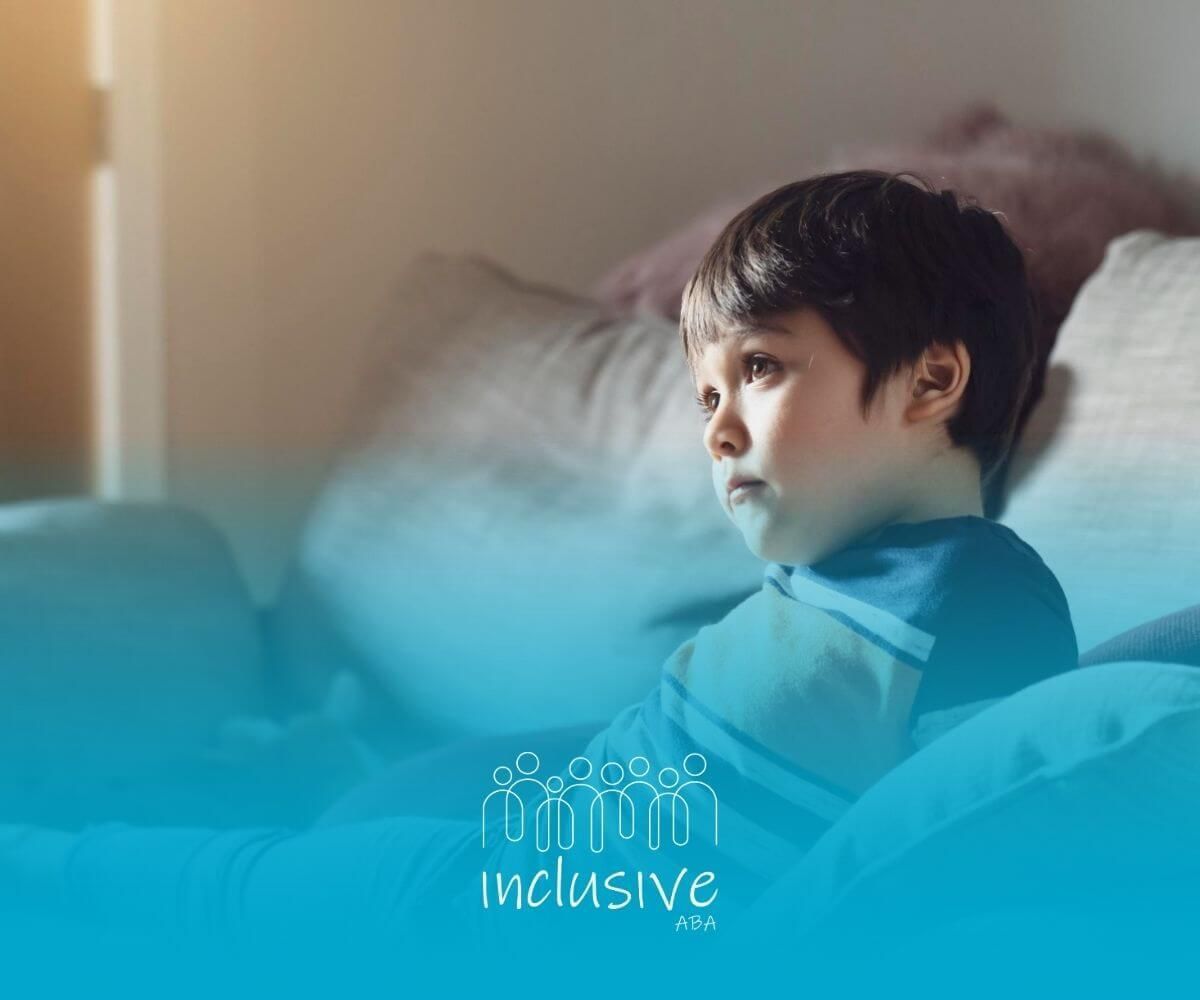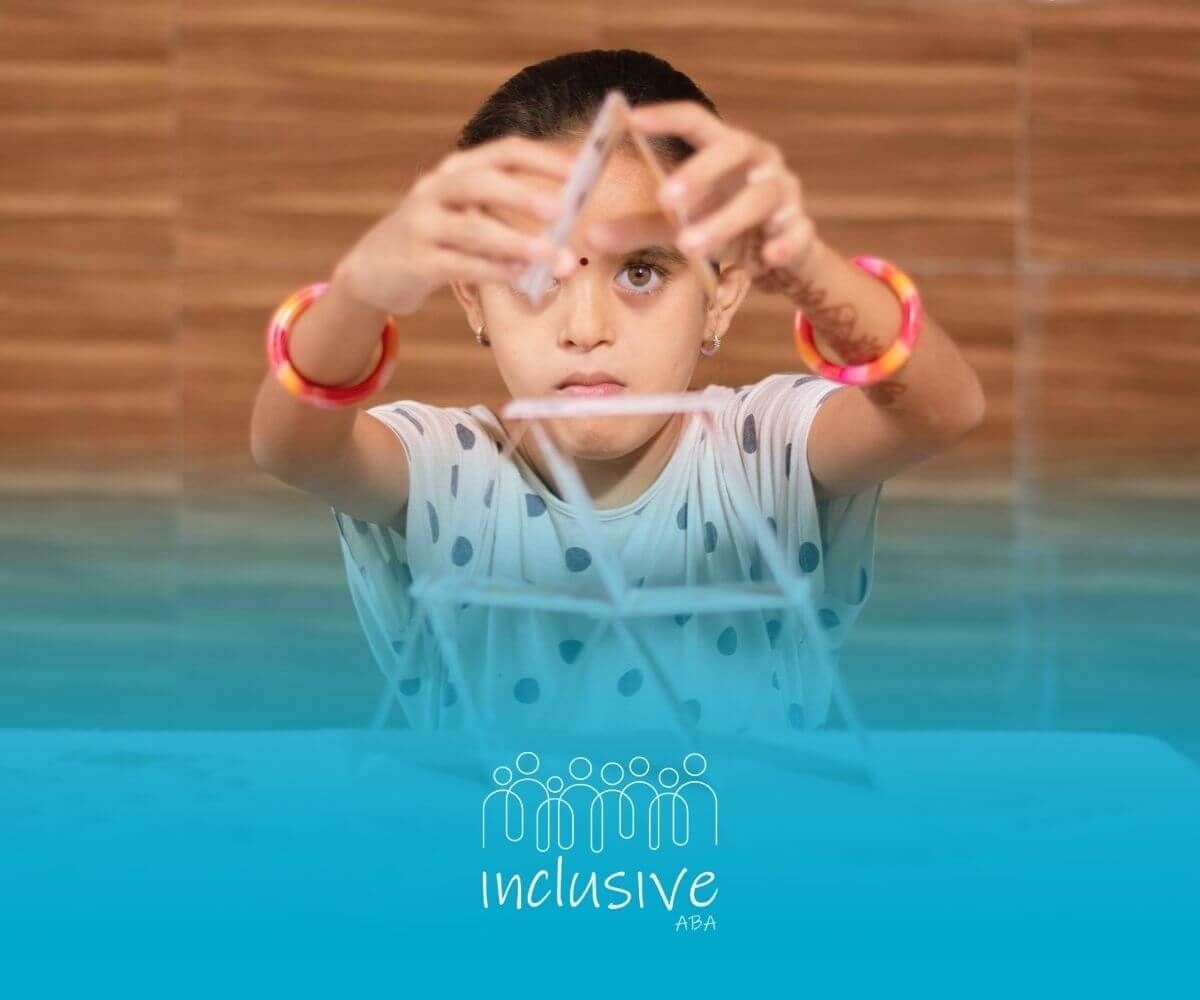Pivotal Response Training Examples in ABA Therapy
When I first met Natasha, a bright and curious four-year-old with a love for puzzles, her parents had one clear goal: they wanted her to communicate more—and to enjoy the process of learning. They’d heard about ABA therapy, but they didn’t want a rigid, table-based program. They were looking for something that felt more like Mia—something playful, responsive, and built around her interests.
That’s when I introduced them to Pivotal Response Training, or PRT.
PRT is a powerful, evidence-based approach within ABA therapy that focuses on motivation and real-world learning. And in Mia’s case, it was the shift that changed everything.
In this article, I’ll walk you through what pivotal response training is, why it’s different from more structured ABA models, and how we use it every day at Inclusive ABA to help children like Mia grow in ways that feel meaningful—and joyful.
What is Pivotal Response Training?
Pivotal Response Training is a naturalistic ABA approach that targets the core, or “pivotal” areas of a child’s development—like motivation, self-initiation, and responding to multiple cues.
Instead of teaching isolated skills in a controlled setting, PRT brings learning into everyday moments—during play, meals, transitions, or favorite activities.
PRT is built around four core principles:
- Child choice: The child picks the activity, toy, or topic
- Task variation: Learning happens across different situations, not just one structured task
- Natural reinforcement: Rewards are directly related to the behavior (e.g., saying “bubbles” earns bubbles)
- Reinforcing attempts: We reward the effort, not just the perfect response
This makes learning feel more like play, and less like work—especially important for younger children or those who are just beginning therapy.
How Pivotal Response Training Fits Into ABA Therapy
One of the most common misunderstandings about ABA therapy is always rigid and repetitive. That’s just not true—especially when we integrate approaches like PRT.
PRT isn’t a replacement for ABA—it’s a flexible, research-supported strategy within ABA that prioritizes motivation and real-world application.
When I use PRT, I often:
- Sit on the floor with a child, joining them in play rather than directing it
- Follow their lead and use their favorite items to create learning opportunities
- Prompt communication naturally (“Do you want the car?” “Say ‘car’”)
- Reinforce every attempt to keep them engaged and confident
- Generalize skills by practicing them across settings and people
This approach is especially helpful for children who shut down with traditional table work or who need more engagement to stay focused.
What Makes PRT Different From Other ABA Approaches?
Pivotal Response Training fills a gap that some structured ABA programs miss: intrinsic motivation.
Many traditional programs rely on external reinforcement—like tokens or stickers—which can work well for some kids. But PRT taps into a child’s own interests and desires in the moment. That often leads to faster learning and better generalization of skills.
Here’s how PRT compares to more structured ABA:
| Feature | Traditional ABA | Pivotal Response Training |
|---|---|---|
| Teaching Setting | Structured, therapist-led | Natural, play-based |
| Child’s Role | Responds to prompts | Initiates and leads activities |
| Reinforcement | Arbitrary (e.g., token) | Natural (e.g., access to toy) |
| Skill Generalization | May need extra planning | Built into everyday routines |
| Focus | Discrete skills | Pivotal areas (motivation, etc.) |
When is PRT the Right Fit?
I often recommend PRT for children who:
- Are just beginning to develop communication skills
- Seem disengaged during structured table work
- Have strong interests that can be used to build motivation
- Need support generalizing skills to different people and settings
- Learn best through hands-on, real-life activities
It’s especially effective for young children with autism, but I’ve also used it successfully with older kids who thrive in more natural learning environments.
What Parents Often Love About PRT
Many families I work with tell me that PRT feels more like parenting and less like therapy. That’s because it’s easy to use at home—during meals, playtime, bath time, or errands.
PRT empowers parents to:
- Use their child’s favorite activities to build skills
- Reinforce communication naturally, without needing formal materials
- Celebrate progress in everyday moments
- Feel like an active part of therapy—not just observers
And best of all, kids often respond better when therapy feels fun, flexible, and respectful of their preferences.
Pivotal Response Training is one of my favorite tools because it lets children be children. It respects who they are, what they love, and how they learn best.
At Inclusive ABA, we build therapy plans that reflect your child—not just a program. Whether that means using PRT, other ABA strategies, or a combination, we’re here to design an approach that works for your family.
If you’re curious about how PRT could support your child’s growth, I’d love to talk with you about it. We can walk through what a session might look like, how it fits into your daily routines, and how we personalize it for your child’s needs.
Reach out today to connect with our team and learn how ABA therapy can feel a little more joyful—and a lot more effective.
FAQs
Is PRT only used for communication skills?
No—PRT can support a wide range of goals, including social interaction, self-help skills, and behavior regulation. But because it focuses on motivation and initiating communication, it’s often most recognized for its impact on language development.
Can I use PRT at home?
Absolutely. In fact, parent involvement is a big part of why PRT works so well. We often coach parents to use PRT strategies during daily routines so learning continues outside of therapy.
How do I know if PRT is right for my child?
Describe the item or answer the question so that site visitors who are interested get more information. You can emphasize this text with bullets, italics or bold, and add links.
Sources:
- https://www.autismspeaks.org/pivotal-response-treatment-prt
- https://www.seattlechildrens.org/clinics/autism-center/the-autism-blog/prt-another-acronym/
- https://pmc.ncbi.nlm.nih.gov/articles/PMC5488784/
- https://www.verywellhealth.com/pivotal-response-training-7561144
- https://www.yalemedicine.org/conditions/pivotal-response-treatment
- https://med.stanford.edu/autismcenter/prt.html
Looking for Expert Help? We're Here for You!
Our compassionate and skilled team is devoted to enhancing your child's development through customized ABA therapy. Let us partner with you to create a supportive environment for your child's success.
Discover how we can help your family thrive with expert ABA therapy.
Related Posts







